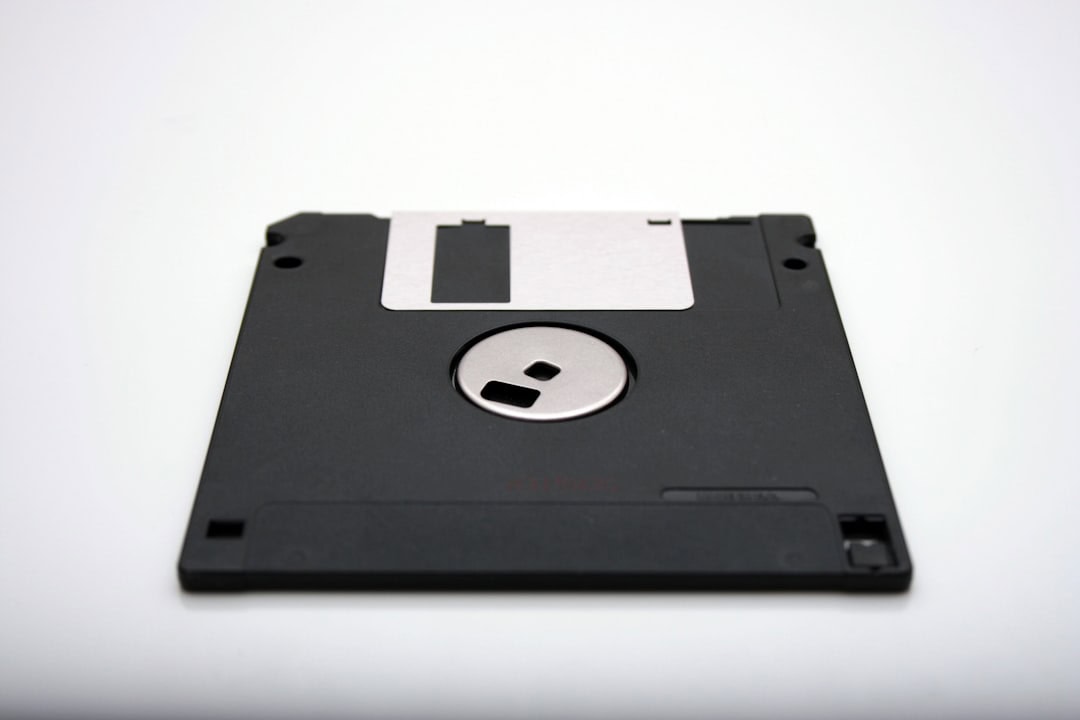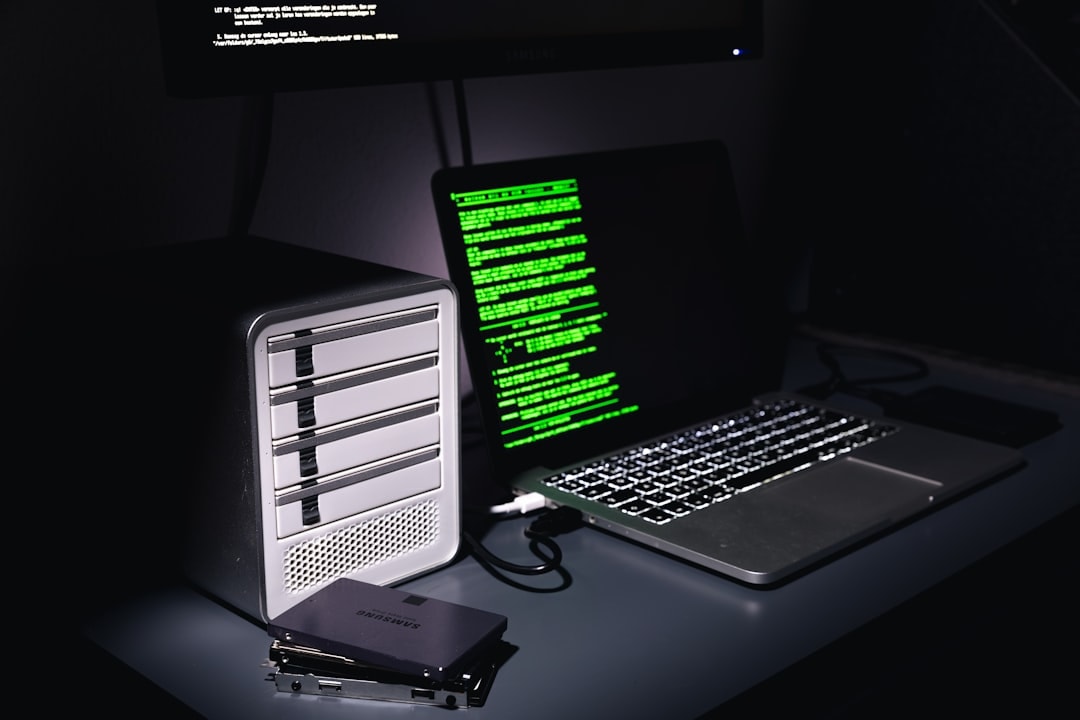When you delete a file on your Mac, it may appear to be gone, but in reality, it’s often still recoverable with the right tools. If you’re disposing of your computer, selling it, or simply prioritizing your digital privacy, it’s essential to ensure that files are permanently erased. Taking steps to securely and permanently delete data can protect you from identity theft, data breaches, and unauthorized access.
Why Regular File Deletion Isn’t Enough
Dragging files to the Trash and clicking “Empty Trash” doesn’t truly erase them. macOS simply removes the file pointers, making the space available for reuse. Until that space is overwritten by new data, deleted files can be recovered using forensic tools. For sensitive documents like tax records, financial statements, or personal photos, you need a more secure method.
Safe Ways to Permanently Delete Files on macOS
macOS no longer includes the “Secure Empty Trash” option, so users must turn to other solutions to ensure their data is fully wiped.
1. Use Terminal Commands
If you’re comfortable using the Terminal, the rm and srm commands can delete files securely from the command line. The srm command overwrites a file before deleting it, making recovery extremely difficult.
srm -v ~/Documents/confidential_file.docxNote that srm may not be available in the latest macOS versions by default, but it can still be installed via tools like Homebrew.
2. Use Disk Utility to Erase Free Space
To securely overwrite deleted data fragments that may still linger on your disk:
- Open Disk Utility.
- Select your hard drive from the left pane.
- Click on Erase, then select the Security Options button.
- Choose the level of secure erase (e.g., 3-pass or 7-pass) and confirm.
Be cautious, as this will take time and will only work on hard drives—not SSDs.

3. Use a Trusted Third-Party App
Several reputable applications can help you permanently delete files and folders:
- Permanent Eraser – Free tool that uses the Gutmann method of overwriting files up to 35 times.
- CleanMyMac X – Premium software with a secure file deletion module.
- FileShredder – Lightweight and simple shredder app with drag-and-drop functionality.
Always validate the authenticity of the third-party software and download only from official or well-reviewed sources.
Erasing External Drives and USBs
If you plan to get rid of or repurpose external drives, wiping them securely is just as important. Here’s how:
- Connect the external drive.
- Open Disk Utility.
- Select the external drive and click Erase.
- Choose a security level under Security Options.
- Click Erase to begin the secure format process.
This will permanently delete all content on the drive, making recovery nearly impossible.
What About SSDs and Secure Deletion?
Solid-state drives (SSDs) work differently from traditional hard disk drives. The standard overwriting techniques often don’t apply to SSDs because of how they manage data blocks. Instead, consider the following options:
- Full Disk Encryption + Format: Use FileVault to encrypt your SSD before deleting data. Once you’ve encrypted the drive, a simple format makes the data irretrievable without the encryption key.
- Use Disk Utility to Erase: Choose “APFS (Encrypted)” as the format, write a secure password, and then reformat again to “APFS” if needed.

Factory Resetting Your Mac
If you’re preparing your computer for resale or recycling, a full system reset is necessary:
- Go to System Settings > General > Transfer or Reset
- Select Erase All Content and Settings
- Follow the prompts to back up, sign out of Apple ID, and wipe the device.
This ensures all user data is cleared and factory settings are restored. For extra precaution, ensure Find My Mac and iCloud are disabled.
Best Practices for Ongoing Data Hygiene
To make file deletion safer in the long-term, adopt these habits:
- Enable FileVault to encrypt your disk at all times.
- Use a dedicated file shredder app for deleting sensitive files.
- Don’t keep sensitive files stored locally unless absolutely necessary.
- Regularly clear browser caches, logs, and temporary system files.
Conclusion
Cybersecurity is only as strong as your weakest practice. Permanently deleting data on your Mac requires more than dragging files to the Trash. By combining macOS tools, third-party applications, and smart habits, you can reduce the risk of your files falling into the wrong hands. Whether you’re erasing one document or an entire device, take data deletion seriously—it’s a vital part of protecting your digital footprint.

